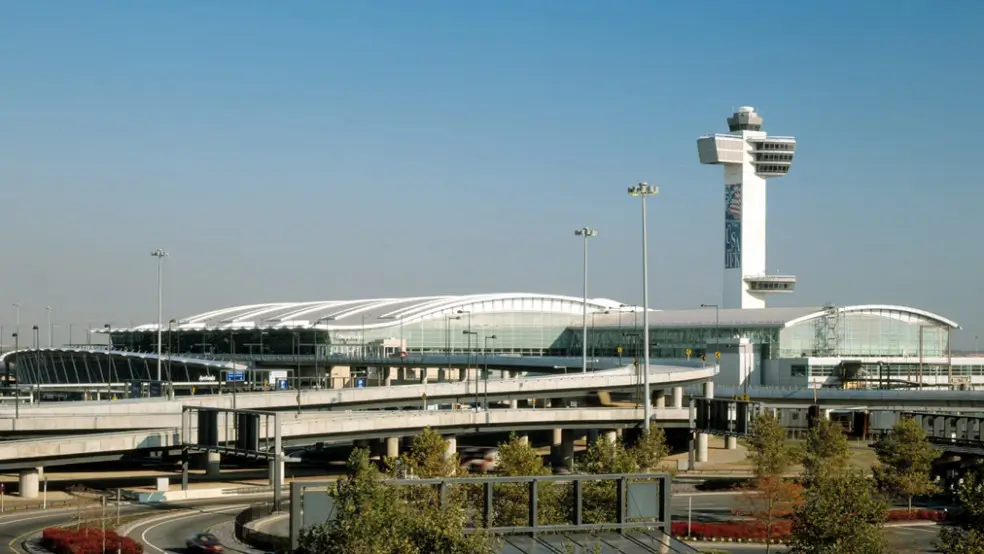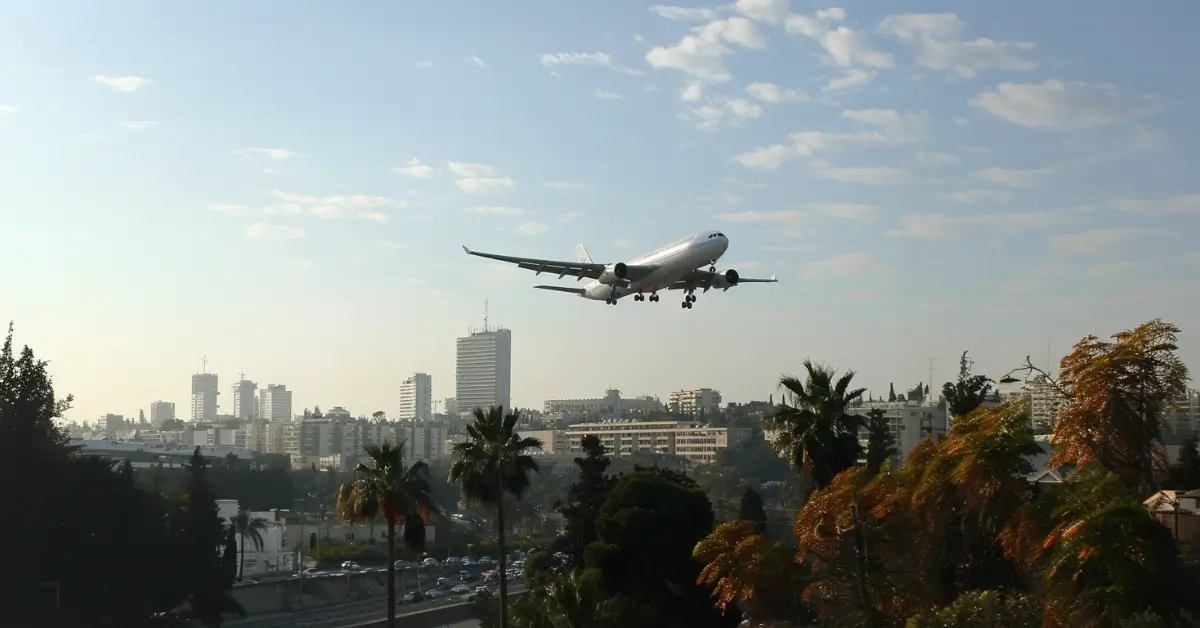Flight to Israel Frequency and Volume Reduction
Statistics reveal a robust schedule of flights to and from Israel before the conflict, with daily international connections. However, with the onset of hostilities, there’s been a notable reduction in flight frequency as airlines adjust to new risks and operational challenges.
Impact on Passenger Traffic
Israel’s appeal as a tourist destination traditionally supports substantial passenger numbers throughout the year. Post-conflict, these numbers have dwindled, reflecting the hesitancy of tourists and business travelers to visit regions near conflict zones. This decline affects airlines and has broader implications for Israel’s tourism economy.
Adjustments in Airline Operations Due to Conflict
Due to the ongoing conflict, some airlines temporarily suspended their flights to Israel, contributing to travel disruptions. However, services will resume as the situation stabilizes. El Al has maintained its direct flights to New York throughout the period.
Airlines Resuming Services to Israel
United Airlines operates a daily flight to Newark, ensuring a steady connection between Israel and the New York area. Additionally, Delta Airlines has announced its return to Israel starting June 7th, with flights operating from Ben Gurion Airport to JFK Airport in New York. This resumption marks a significant step towards normalizing air travel and is a positive indicator for both international travelers and the tourism sector in Israel.
These adjustments in flight operations reflect the airlines’ responses to the evolving security situation and their commitment to maintaining connectivity between Israel and major international hubs. As these services resume, they facilitate tourism, business exchanges, and familial connections between the two regions.

Impact of Conflict on Prices for Flights to Israel
The conflict has notably influenced flight pricing, escalating costs across various airlines. For instance, El Al Airlines has experienced a significant rise in fares. A one-way ticket from Tel Aviv to JFK airport in New York was priced at around $960 in April, while business class seats soared to a minimum of $4,029. It’s important to note the dynamics of airline pricing; tickets are generally cheaper when booked well in advance, with prices increasing as availability decreases and the departure date approaches. This is true for economy and business class seats, making pinpointing exact price differences over time challenging.
In comparison, United Airlines, which has recently resumed its flights to Israel, now charges approximately $200 more per business class ticket than in 2023. As more airlines resume entire operations, competition is anticipated to drive prices down. Given this pricing strategy and market behavior, it is advisable to purchase tickets on time. Prices tend to escalate as the travel date nears, governed by the principles of supply and demand. Thus, securing tickets earlier is likely to result in better pricing.
Conclusion
The fluctuating dynamics of flights to Israel highlight the broader implications of regional instability on international travel. As airlines and passengers navigate these turbulent conditions, the long-term effects on the aviation sector and broader economic impacts remain a concern. Monitoring these changes will be vital for stakeholders in the travel and tourism industries as they adapt to ongoing geopolitical developments.





